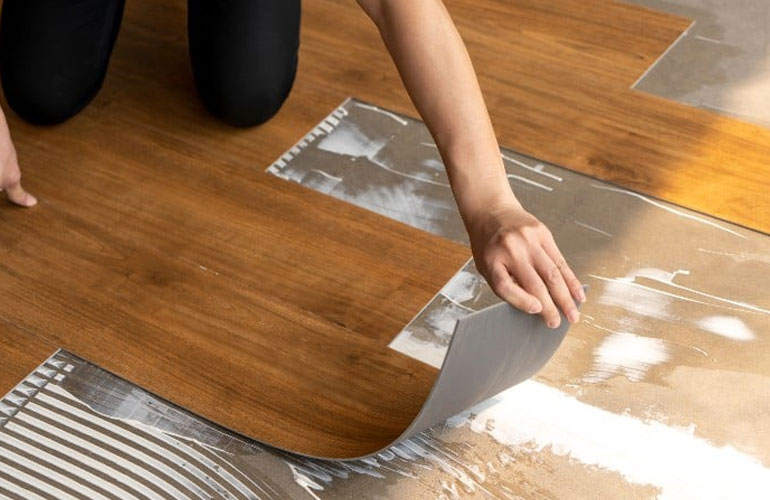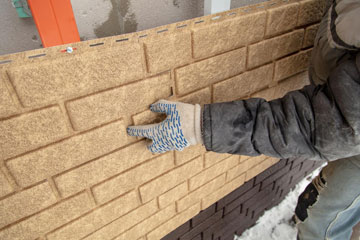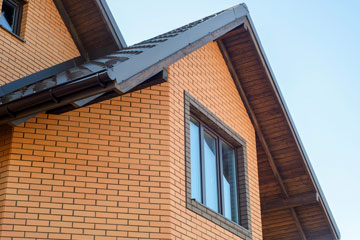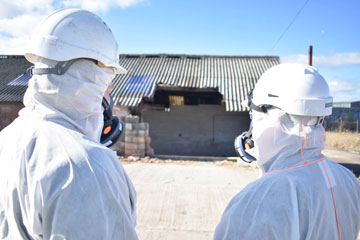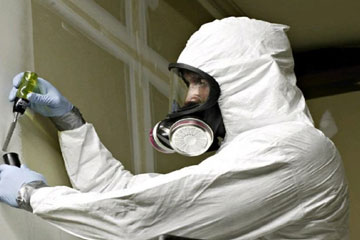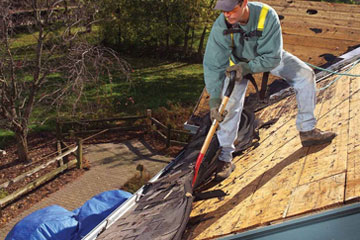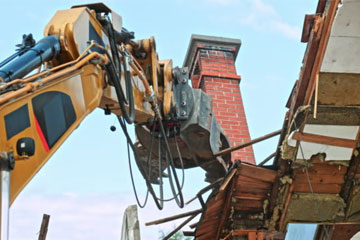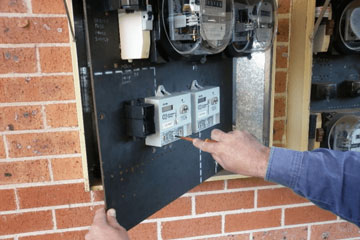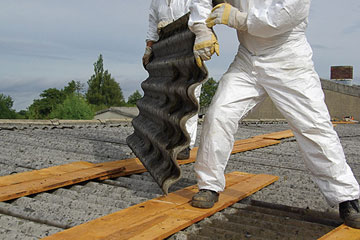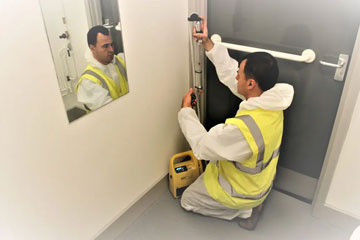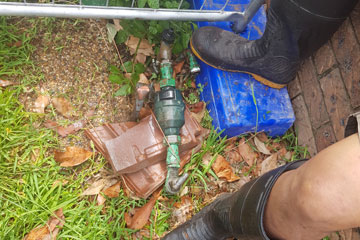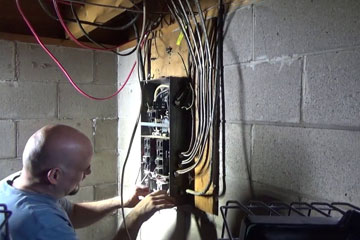Asbestos vinyl flooring was a durable and economical material, that offered many aesthetic options to suit a homeowner’s taste.
Asbestos was used in vinyl wallpaper from the 1920s and in the vinyl floor tiles and sheet flooring that rose to prominence in the 1950s. Stain-proof, fireproof, stylish, and affordable, vinyl products strengthened through the inclusion of asbestos in their manufacture were a very popular choice in many Sydney.
Unfortunately, vinyl tiles and sheet flooring that contain asbestos, pose a potential exposure risk. If the material is in good condition, it normally does not pose a threat, because the asbestos is enclosed in vinyl, preventing the fibers from escaping. The vinyl acts as a binder that holds the asbestos fibers within a solid matrix.
Asbestos-containing materials fall into two broad categories: friable and non-friable. Friable asbestos materials can easily be reduced to powder when disturbed by hand when they are dry. These materials are more likely to release measurable levels of asbestos into the airborne environment when disturbed, and generally pose a greater risk to health.
'Non-friable', or bonded asbestos is used to refer to asbestos-containing materials in which the asbestos is firmly bound in the matrix of the material. These materials are unlikely to release measurable levels of asbestos fiber into the airborne environment if they are left undisturbed. Therefore, they generally pose a lower risk to health.
In most cases, vinyl tiles are considered non-friable. Floor tiles can become friable if they are mishandled, damaged, or are in a badly worn or weathered condition.



